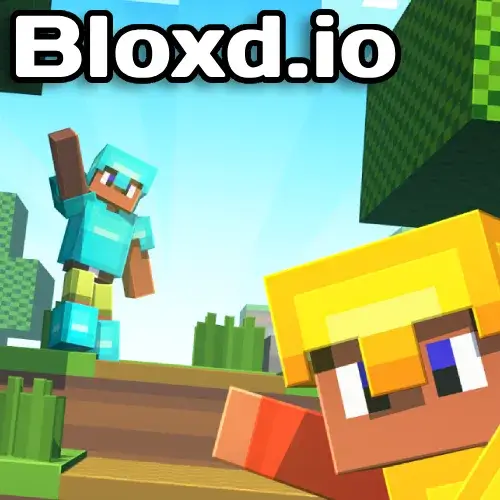Alright, let’s have a real talk. Your brain feels like a scrambled egg. You’ve been staring at a screen for hours, your to-do list is mocking you, and the last thing you want to do is engage in any activity that requires more than two functioning neurons. You need something simple. Something mindless. You need to… Steal a Brainrot.
When I first stumbled upon this game, I laughed at the name. “Brainrot” is what the internet calls those short, looping, nonsensical videos that get stuck in your head. It’s not exactly a compliment. But this game? It wears the term like a badge of honor. And after playing for what was supposed to be two minutes (and turned into twenty), I totally get it. This is the glorious, unapologetic brain-numbing fun we all secretly crave.
What in the World is Steal a Brainrot?
So, what is this masterpiece of modern gaming? Imagine this: you are a floating head. Your noble quest, your very reason for existence, is to glide through an endless void and collect… other floating heads. That’s it. That’s the game. There’s no deep lore, no complex characters, no moral ambiguity. You just Steal a Brainrot.
The game leans into its own absurdity with gusto. The controls are ridiculously simple—you just move your mouse or finger left and right to steer your ever-growing collection of heads. It’s a hyper-casual game in its purest form. There’s no tutorial because you don’t need one. The title is the instruction manual.
This isn’t a game that’s trying to be the next big esports title. It knows exactly what it is: a perfectly crafted, five-minute distraction. It’s the digital equivalent of popping bubble wrap, and honestly, it’s just as satisfying.
The Art of Mindless Mayhem: A Gameplay Breakdown
You might think a game this simple doesn’t need a breakdown, but there’s a certain genius to its design. The core loop is so perfectly tuned that it’s hard not to hit “retry” just one more time. Let’s look under the hood of this glorious brainrot game.
H3: The Core Objective: More Heads!
Your primary goal is to increase your head count. You start as one lonely head, but as you move, you’ll see other heads you can collect. The more you gather, the wider your… head-snake… becomes. This makes navigating obstacles trickier but also racks up your score.
You’ll also encounter gates that either multiply or divide your head count. Hitting a “x2” gate is pure bliss. Hitting a “÷2” gate? Utter devastation. It’s a simple risk-reward system that keeps you on your toes.
H3: Obstacles: The Fun-Police
Of course, it can’t be that easy. The game throws a variety of red, spiky obstacles in your path. If your main head hits one, it’s game over. If one of the heads in your collection hits one, you lose a portion of your hard-earned brainrot.
These obstacles force you to think (just a little bit, I promise) about your positioning. Do you risk threading the needle through a narrow gap to hit a multiplier gate, or do you play it safe? These split-second decisions are what give the Steal a Brainrot experience its addictive little kick.
Why is This So Unbelievably Addictive?
This is the big question, isn’t it? Why does a game with zero plot and a ridiculous premise have such a magnetic pull? It comes down to some basic human psychology. We are wired to love simple, repetitive tasks with clear rewards.
Every head you collect, every obstacle you dodge, gives you a tiny little hit of dopamine. It’s a low-stakes, high-reward feedback loop. According to Psychology Today, our brains are literally built to seek out these reward loops, which explains why we can get hooked on activities that offer quick, repeatable satisfaction. This game is a masterclass in exploiting that.
The high-score chase is the other major factor. You’re not just playing; you’re competing against your greatest rival: yourself from two minutes ago. Every run is a chance to push that score just a little bit higher. It’s the same simple, satisfying progression you might find in a relaxing game like Grow a Garden, where you’re always trying to make your next harvest better than the last.
Steal a Brainrot vs. Other Time-Wasters
So, where does this floating head game fit in the grand ecosystem of browser-based distractions? IMO, it occupies a very special niche.
On one end of the spectrum, you have complex, creative sandbox games. Titles like Bloxd.io give you entire worlds to build and explore, demanding time and creative energy. They’re amazing, but sometimes you don’t want to build a whole castle; you just want to zone out.
On the other end, you have other simple hyper-casual games. But many of them feel a bit… generic. Steal a Brainrot stands out because of its self-aware, meme-fueled identity. It’s not just a game; it’s a joke that you’re in on. It has more personality than a hundred different color-matching clones. Even compared to other blocky, simple games like Miniblox.io, this game is in a league of its own for pure, unadulterated silliness.
It’s the perfect palate cleanser. It’s the game you play for three minutes while waiting for a meeting to start












